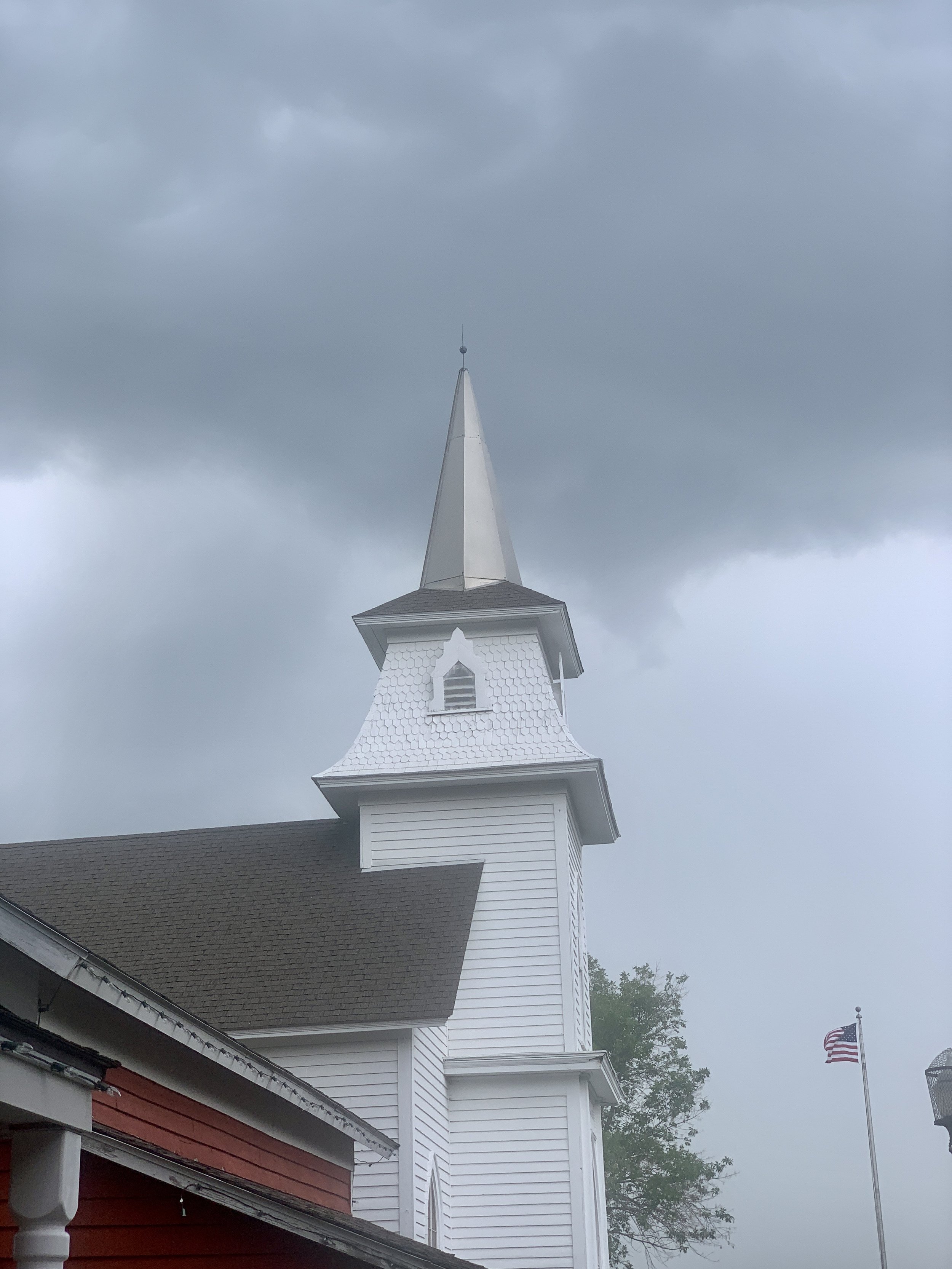Naturally
Barn, bank, cliff and tree swallows are aptly named. Barn swallows nest in buildings. Thomas Jefferson called them American swallows. The barn swallow is the national bird of Austria and Estonia. In many cultures, a barn swallow nest in a barn or on a house is considered good luck. A Native American legend tells of a barn swallow that dared to steal fire from the gods and give it to man. In anger, the gods shot flaming arrows at the bird. One hit the swallow in the tail, burning away the central tail feathers. Since that day, the barn swallow has had what we consider a swallowtail. Cliff swallows nest on natural cliffs and manmade structures, such as bridges, culverts and sides of buildings. Bank swallows nest in financial institutions. Not really. They prefer exposed vertical sandbanks and bluffs. Tree swallows nest in dead trees, woodpecker holes and nest boxes. The name “swallow” is likely derived from the old English “swell,” meaning to swirl, a reference to the bird’s swooping flight, or from the old Norse “swala,” meaning a cleft stick, referring to its tail.
The Eagle Lady
I was thinning files when I came across a nice note from Doris Mager. I met Doris years ago. In 1979, she perched among the branches of a gangly pine for a week in a sturdy, inactive bald eagle nest 50 feet off the ground in Florida. Doris didn’t do this because no hotel rooms were available. She did it to call attention to the plight of the bald eagle, as a fundraiser and because she’d always wanted to sleep overnight in a nest. She’d devoted the previous 17 years of her life to rescuing and rehabilitating raptors. The Eagle Lady raised the funds needed to complete the construction of the Audubon Center for Birds of Prey.
Q&A
Ken Nelson of Clarks Grove asked when Baltimore orioles leave. As Baltimore oriole babies become independent, parents molt body and flight feathers, and some migrate in July. Migration for Baltimore orioles peaks in August and September.
“When do I hear cicadas in Minnesota?” We hear the sound of a distant buzz saw of the dog-day cicada in early July and it continues into September. Folklore says when you hear the first song of a dog-day cicada, frost is six weeks away.
“Do rootworms come at the time we first see fireflies?” It’s a common belief that the presence of fireflies in the evening is a signal that corn rootworm eggs might be hatching. The presence of lightning bugs doesn’t always mean that egg hatch is occurring.
“Does a male hummingbird help the female with nestlings?” Hummingbird moms are single mothers. Male hummingbirds provide no care to their offspring. They’re deadbeat dads. A father hummingbird is a faux pa. The female uses moss, lichens, grass and spider webs to build a nest in which she lays two tiny eggs.
“How does weather impact pheasants?” Hen health is of the utmost importance for a robust population. Egg laying, nesting, re-nesting and brood-rearing are taxing on hens. A mild winter allows hens to begin the spring reproduction season in top shape. The average clutch is 12 eggs. If a hen loses her nest due to cold weather, predation, haying or flooding, she’ll re-nest up to two times. A second effort averages eight eggs in a clutch, while a third re-nesting produces four to six eggs. Photoperiod is the primary factor, but temperature also affects when pheasants nest. An early spring could accelerate the pheasant nesting season by a few days. If the weather in April, May and June is warm and dry, hens have a good chance of pulling off successful first nests. Spring rain and cold weather affect chick survival, as they can't control their temperature until three weeks old. Pheasants have an annual survival rate of 50%, even lower in areas with inadequate habitat during a severe winter. Half the chicks don’t survive until fall due to predation or mortality from farm machinery and automobiles. By 17 or 18 weeks of age, chicks resemble adults in plumage. The winter wind that creates biting wind chills can be a blessing, as it blows farm fields free of snow and uncovers food. Hot dry summers can impede insect production, depriving chicks of the protein they need early in life. Drought conditions stunt vegetation growth, reduce the amount of cover and leave pheasants vulnerable to winter storms. Precipitation is essential, but too much or the wrong time can be the difference between a great and poor pheasant reproduction year.
Thanks for stopping by
“No matter how deeply you come to know a place, you can keep coming back to know it more.”—Rebecca Solnit.
“The best part of the journey is the surprise and wonder along the way.”—Ken Poirot.
Do good.
©Al Batt 2023
This eastern wood-peewee is a flycatcher with whitish wing bars and usually a pointy crest at the back of its crown. It whistles PEE-a-WEE and a down-slurred PEE-yer throughout the day. The similar eastern phoebe has a rounded head, indistinct wing bars, bobs its tail and calls its name with an insistent raspy “phoebe.” A pewee's bill has a yellowish-orange lower mandible and a blackish upper mandible, whereas the phoebe's bill is all dark. Photo by Al Batt.
We have received a welcomed rain.


